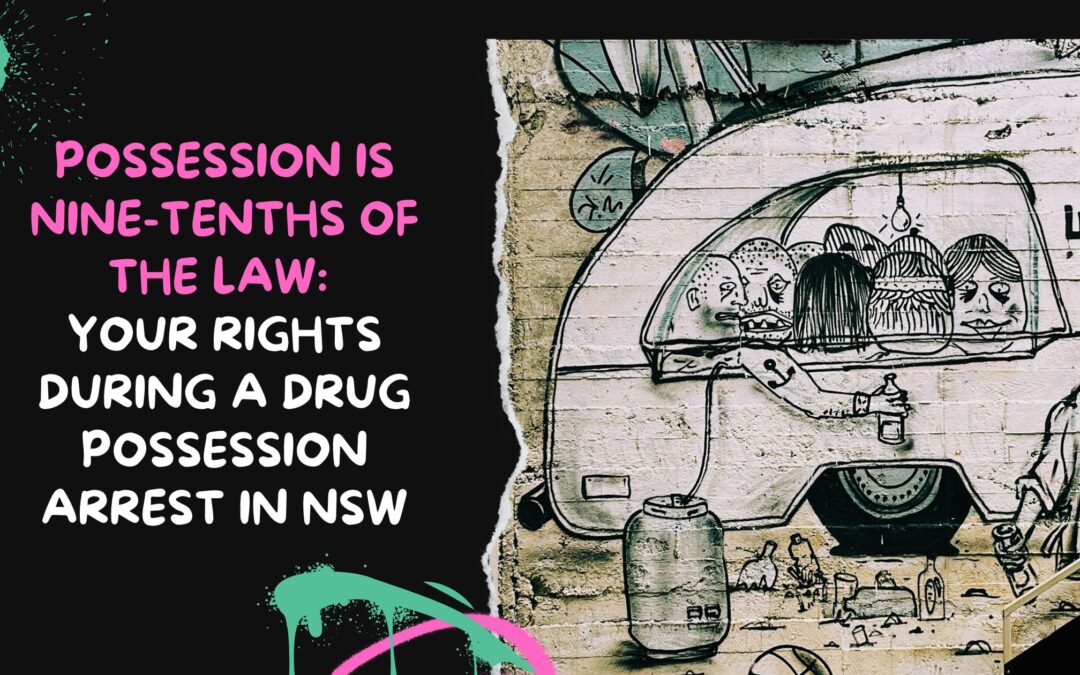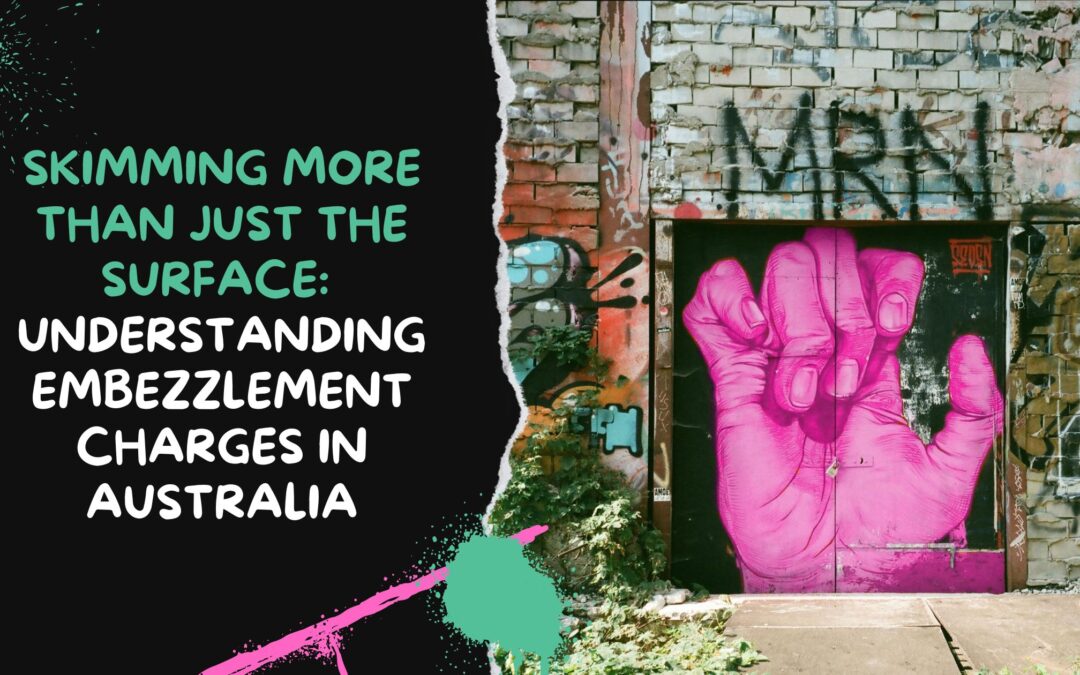In recent times, we’ve dealt with a number of matters where the issue of bail turned out to be the majority of work undertaken in the matter. Obviously these are matters where bail has been refused at first instance, and defendants are held in custody. There are a variety of reasons for this, but there are also a number of ways to simplify and improve the situation. We discuss some of these in this post.
The bail law in NSW was overhauled in 2013, with the introduction of the new Bail Act 2013 (NSW) and accompanying Bail Regulations 2014 (NSW). Perhaps in response to heightened media attention to crimes committed whilst offenders were released on bail, the rules were tightened to a significant extent, and the onus and burden reversed back on to the defendant in some respects.
It has always been the case that an arresting officer or officer in charge could make the decision to dispense with, grant or refuse bail on arrest. However, the major change was the introduction of specific “show cause” offences, in relation to which bail must be refused initially (as opposed to may be refused), unless and until the defendant shows cause as to why their detention is not justified. Those offences include offences punishable by life imprisonment, serious sexual offences, serious personal violence offences and firearms, weapons and drug offences, for example.
As the charges themselves are what trigger the show cause requirement, without any particular regard to the defendant’s guilt, criminal history or procedural issues such as the likely sentence the person might receive in the particular jurisdiction in which they face prosecution, a defendant might be refused bail initially and taken into custody in circumstances where they may not ultimately receive a custodial sentence. Take for example the first offender charged with reckless grievous bodily harm or wounding; a charge punishable by up to fourteen years’ imprisonment. In the ordinary course, unless the actual act alleged was towards the more serious end of the spectrum of criminality, it would be dealt with summarily in the Local Court, where the maximum custodial sentence would be reduced to two years. Being a first offence and towards the lesser end of the spectrum, provided certain other measures were taken, with an early plea of guilty and demonstrated remorse, the defendant might receive a conviction and a good behavior bond. A guilty plea does not take much work, relative to a defended trial, and hence, applying for bail can become the bulk of the case.
If bail is refused, it will then be a matter for the defendant to make a bail application in Court. In most “fresh custody” cases, a defendant who has been refused bail will face Court for the first mention the following morning. It is usually not until that morning when the defendant is brought to the Court holding cells that they get their first chance to speak with their solicitor. Given that, generally speaking, unless new evidence is discovered and presented later, there will only be one shot at a bail application, this usually means that the matter will have to be adjourned on the first occasion for at least a couple of days to afford the solicitor an opportunity to take adequate instructions and give proper advice, especially seeing as nobody usually feels comfortable talking in custody in the presence of Corrective Services staff. That being so, not only can time spent in custody be disproportionate to the offence or charge, but the length of time spent in custody can be extended, if bail is not adequately addressed early on.
The first step to a successful bail application is to assess what, if any, bail concerns exist. These include a concern that the accused person, if released from custody, will fail to appear at Court, will commit a serious offence, will endanger the safety of others or will interfere with witnesses or evidence. Obviously, these concerns can be alleviated by proof that they are not justified, and by proposing bail on specific conditions that would effectively address the alleged concerns, such as engaging and instructing a solicitor to appear in the matter or imposing curfews. To speed things up and improve your chances, these are things you should raise with your solicitor right away, and something you should instruct a close friend or family member to assist them with while you are detained, in addition to any other relevant factors that might go towards justifying the need for bail. However, as some of the relevant factors in assessing such concerns include the strength of the prosecution case and the length of time the accused person is likely to spend in custody if convicted, work will need to be undertaken on the case in general at the very outset, and delays may be unavoidable, for example if an assessment of prosecution evidence is required before a plea is entered and / or before the brief of evidence is required to be served pursuant to an order of the Court.
If there are still legitimate bail concerns after addressing them as per the above, the Court’s task will then be to determine whether any of those risks still subsist and, following a considering of all other relevant matters and a balancing test between them, determining whether or not the risk(s) is unacceptable. If there is no such unacceptable risk, the accused person has an automatic right to be released. The Court should then release the defendant, and can impose conditions on bail, subject to those conditions being reasonably necessary, proportionate to the offence and the bail concern, being reasonably practicable to comply with and so on. Again though, proposing some specific conditions at first instance would generally boost the prospects of success for bail in any event.
Note that, once granted, bail can also be varied at a later stage. As such, where the allegations or charge are serious, it may pay to propose or consent to fairly restrictive conditions at first instance rather than to argue and push your luck, and then to apply for a variation later, after sufficient time has passed to show compliance and the alleviation of bail concerns as a result. Perhaps most importantly, instruct a good lawyer with attention to detail who is able to read situations accurately, and who can work with third parties on the outside for your benefit, as this will be the key to reducing costs and delays.
As always, feel free to contact us regarding any related issues.




